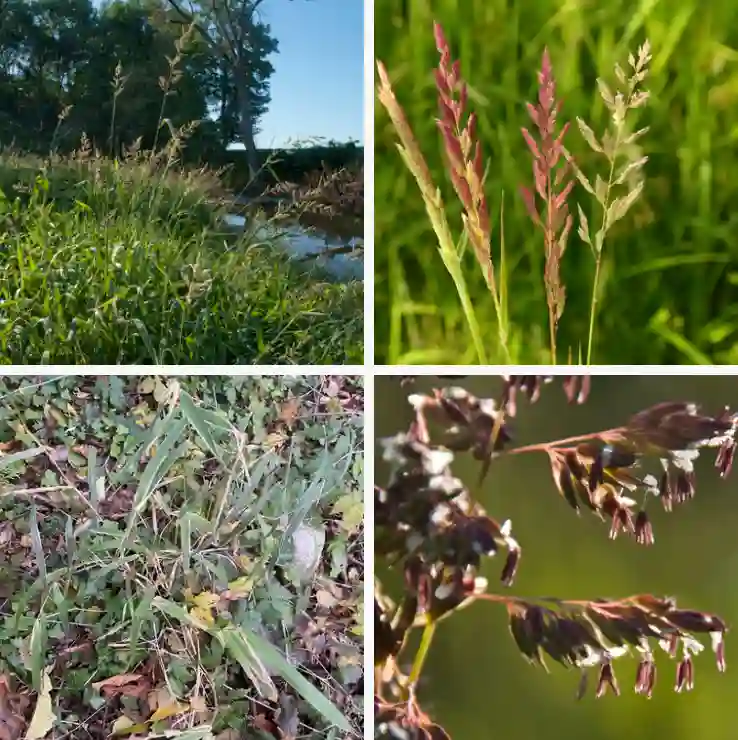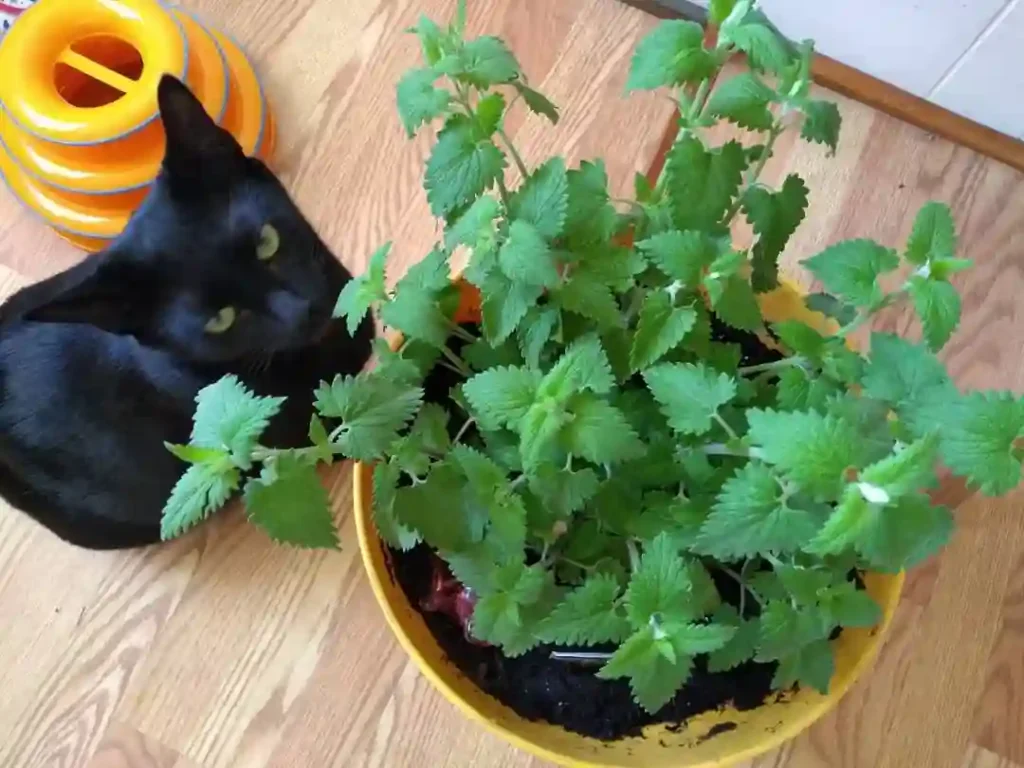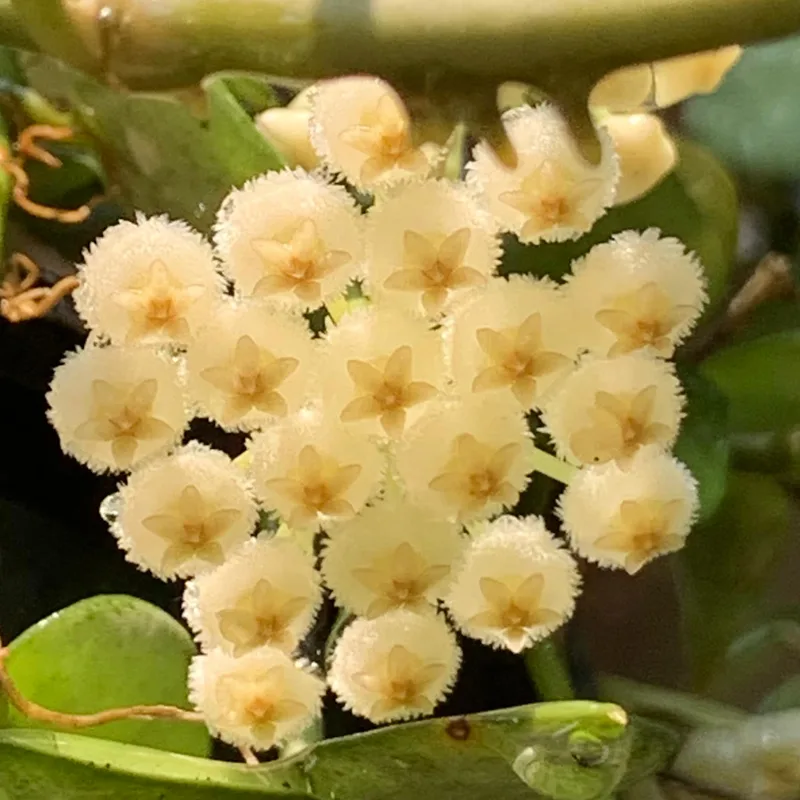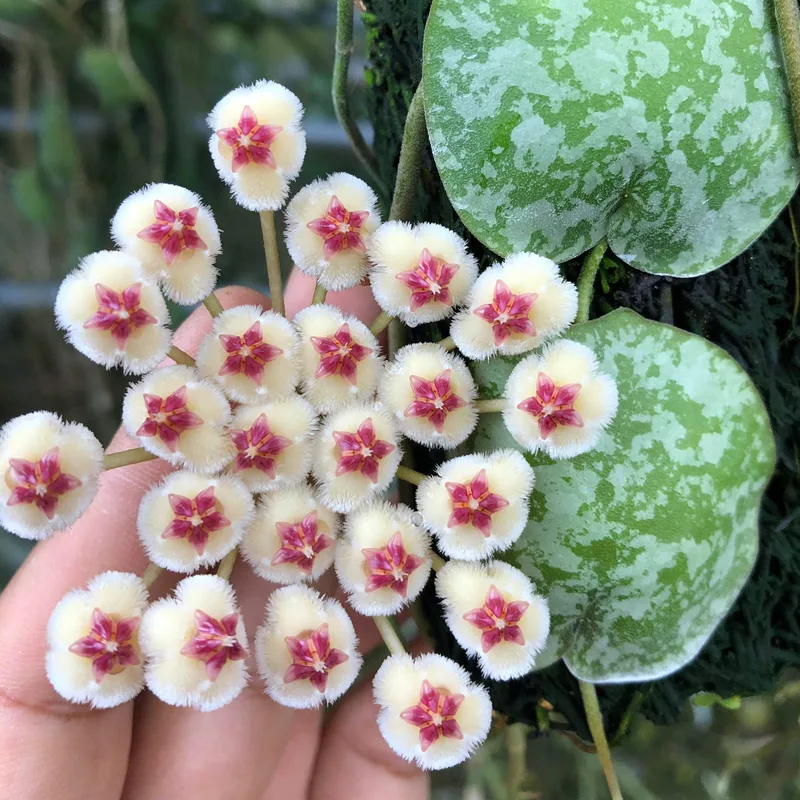My Adventures with Cynanchum Laeve: A Beautiful But Misunderstood Vine
For years, I’ve been a sucker for unique and interesting plants. When I stumbled upon Cynanchum laeve, also known as honeyvine or bluevine, I knew I had to add it to my collection. This vining perennial with its heart-shaped leaves and clusters of fragrant flowers quickly stole my heart. But Cynanchum laeve isn’t your average garden dweller. It comes with its own set of quirks and challenges, which I’ve come to appreciate through trial and error.
What is Cynanchum Laeve?
Cynanchum laeve is a vining perennial native to the eastern and central United States, stretching up to Ontario in Canada. Often mistaken for a bindweed due to its climbing nature, this beauty is actually a member of the milkweed family. It boasts clusters of small, star-shaped flowers that, true to its name, emit a sweet honey-like fragrance. These flowers are particularly attractive to small solitary bees, making Cynanchum laeve a valuable pollinator magnet.
Is Cynanchum Laeve Invasive?
This is a question I hear quite often. While Cynanchum laeve is native to certain regions, it can be invasive in others. It’s crucial to check with your local authorities before planting it in your garden. In some areas, it’s considered a noxious weed due to its aggressive growth habits.
How to Care for Cynanchum Laeve?
Despite its potential for invasiveness, Cynanchum laeve can be a charming addition to a well-maintained garden, provided you give it the right care. Here’s what I’ve learned:
- Light: This vine thrives in full sun to partial shade. Aim for at least 6 hours of direct sunlight daily for optimal growth and flowering.
- Soil: Well-draining soil is key. Cynanchum laeve doesn’t tolerate soggy conditions, so amend your soil with sand or perlite if necessary.
- Watering: Water regularly during the growing season, allowing the soil to dry slightly between waterings. Be mindful of overwatering, as this can lead to root rot. As the weather cools down in fall, reduce watering frequency.
- Fertilizer: Cynanchum laeve isn’t a heavy feeder. A light application of balanced fertilizer once a month during the growing season is sufficient.
- Pruning: This vine can get quite vigorous. Regular pruning helps maintain its size and shape. Prune throughout the growing season to encourage bushier growth and flowering.
How to Grow Cynanchum Laeve?
There are two main ways to propagate Cynanchum laeve: seeds and stem cuttings.
- Seeds: Seeds can be sown indoors in pots filled with a well-draining seed starting mix. Germination can take several weeks. Once the seedlings establish a few sets of true leaves, harden them off before transplanting them outdoors in late spring or early summer.
- Stem Cuttings: This is the most common method of propagation. Take stem cuttings in late spring or early summer before the plant flowers. Choose healthy, non-flowering stems with a few nodes. Cut them just below a node and remove the lower leaves. Dip the cut end in rooting hormone (optional) and plant it in a pot filled with a well-draining potting mix. Keep the soil moist but not soggy and place the pot in a warm, brightly lit location (indirect sunlight). Rooting can take several weeks. Once established, harden off the cuttings before transplanting them outdoors.
What to Plant With Cynanchum Laeve?
Cynanchum laeve pairs well with other plants that enjoy similar growing conditions. Here are some ideas:
- Companion Flowers: Coneflowers, black-eyed Susans, daylilies, and butterfly weed are all excellent choices.
- Companion Plants: Consider ornamental grasses like feather reed grass or switchgrass for added texture.
The Final Bloom
Cynanchum laeve may not be for everyone, but for those seeking a unique and fragrant addition to their garden, it’s a rewarding challenge. With proper care and awareness of its potential invasiveness, this charming vine can add a touch of whimsy and ecological value to your garden space. So, if you’re looking for a conversation starter in your backyard, Cynanchum laeve might just be the perfect plant for you.
If i die, water my plants!



